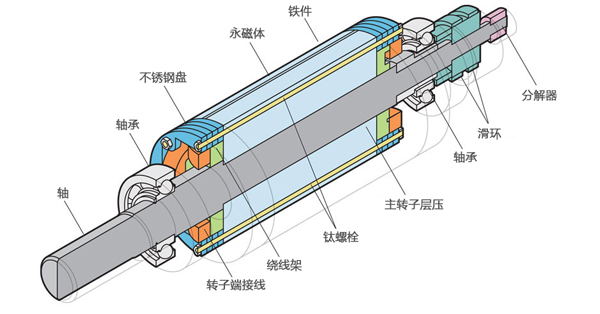First of all, let's talk about the general process of making a solenoid.
1. Design: Design the structure, size, and materials of the solenoid according to the usage requirements and specifications.
2. Material preparation: Prepare the necessary materials, such as solenoid coils, iron cores, wiring terminals, and insulation materials.
3. Coil winding: Wind the solenoid coil on the winding machine, and then perform joint processing, insulation treatment, etc. to achieve the required electrical performance.
4. Core production: Process the iron core into the appropriate shape and size according to the design requirements, and then perform surface treatments such as cleaning, polishing, heat treatment, and electroplating.
5. Assembly: Place the iron core in the coil, and perform the iron core and coil fixation, insulation, and other assembly work according to the design requirements. At the same time, install terminals and connection wires.
6. Inspection: Inspect the appearance and electrical performance of the solenoid to ensure that it meets the requirements.
7. Debugging: Debug the solenoid, adjust parameters such as coil turns and power supply voltage, to achieve the best working state.
8. Packaging: Package the solenoid that has passed the debugging, including moisture-proof, shock-proof, etc., for transportation and storage.

Product design is at the forefront of the manufacturing process. It is important to note that the design of an solenoidic requires consideration of multiple factors, such as material selection, magnetic circuit structure, and coil parameters. Therefore, a certain level of professional knowledge and experience is necessary, as well as the use of magnetic circuit simulation software for calculation and optimization.

Here are the general steps for designing an solenoid:
1. Determine the operating conditions and requirements of the solenoid, such as voltage, current, pulling force, operating frequency, and other parameters.
2. Select appropriate magnetic core and coil materials to meet the operating conditions and requirements.
3. Design the coil structure of the solenoid, including the number of turns, cross-sectional area, arrangement, and other factors.
4. Design the magnetic circuit structure of the solenoid, including the cross-sectional area, length, shape, and other factors of the magnetic core.
5. Use magnetic circuit analysis software to simulate and calculate the solenoid, optimize the magnetic circuit structure and coil parameters, and improve the performance and efficiency of the solenoid.
6. Based on the simulation results, determine the final structure and parameters of the solenoid.
7. Produce a sample of the solenoid and test its performance and reliability.
8. Improve and optimize the solenoid based on the test results, until it meets the design requirements and operating conditions.